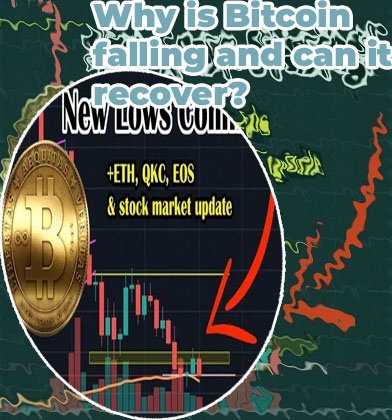Server Time:

The S2F model predicted BTC to be at nearly $110,000 as of December 2022. The cryptocurrency finished the year trading at almost 85% off target, which raises questions about the validity of the price model. Stock-to-flow models are generally used to price commodities in the traditional markets, as they account for two variables related to an asset: stock and flow. “Stock” refers to the total existing supply of the asset, and “flow” refers to the new supply of the asset created each year. Will cryptos go back up Many investors piled into bitcoin last year when it was priced between $32,000 and $36,000. A further drop to around $30,000 could trigger more selling, Moya said.
Over time, historically, the stock market has gone up, and almost any expert out there will tell you that’s what’s going to eventually happen. Think back to how nervous a lot of people felt about the markets in February and March 2020 when they were in free fall and about what happened after that. BTC/USD The cryptocurrency market has reached a turning point for Bitcoin, according to analyst Will Clemente, as the largest cryptocurrency might drop back below $20,000 if it leaves the area it has been stabilizing in for the past five days.

Mostly, crypto traders are speculating on the prices of cryptocurrencies, trying to buy them at the lowest possible rate and sell for the higher price. However, with CEX.IO you can multiply your holdings with almost no effort. Just join our Staking program. Will Amazon Take Bitcoin? Let’s not shy away from the elephant in the room: crypto regulation. The good news, contrary to popular belief, is that increased regulation could accelerate the crypto rebound.
The idea is that when prices are high, you can afford less of the asset. But when prices are low, you can afford more. When the market recovers, you benefit from having bought more shares at the lower price. Please note that using this strategy will not always result in a profit or necessarily protect you from falling prices. What is the Bitcoin CME gap? Regulation of digital assets continues to develop globally and, as such, federal, state, or foreign governments may restrict the use and exchange of any or all digital assets, further contributing to their volatility. Digital assets stored online are not insured and do not have the same protections or safeguards of bank deposits in the US or other jurisdictions. Digital assets can be exchanged for US dollars or other currencies, but are not generally backed nor supported by any government or central bank.